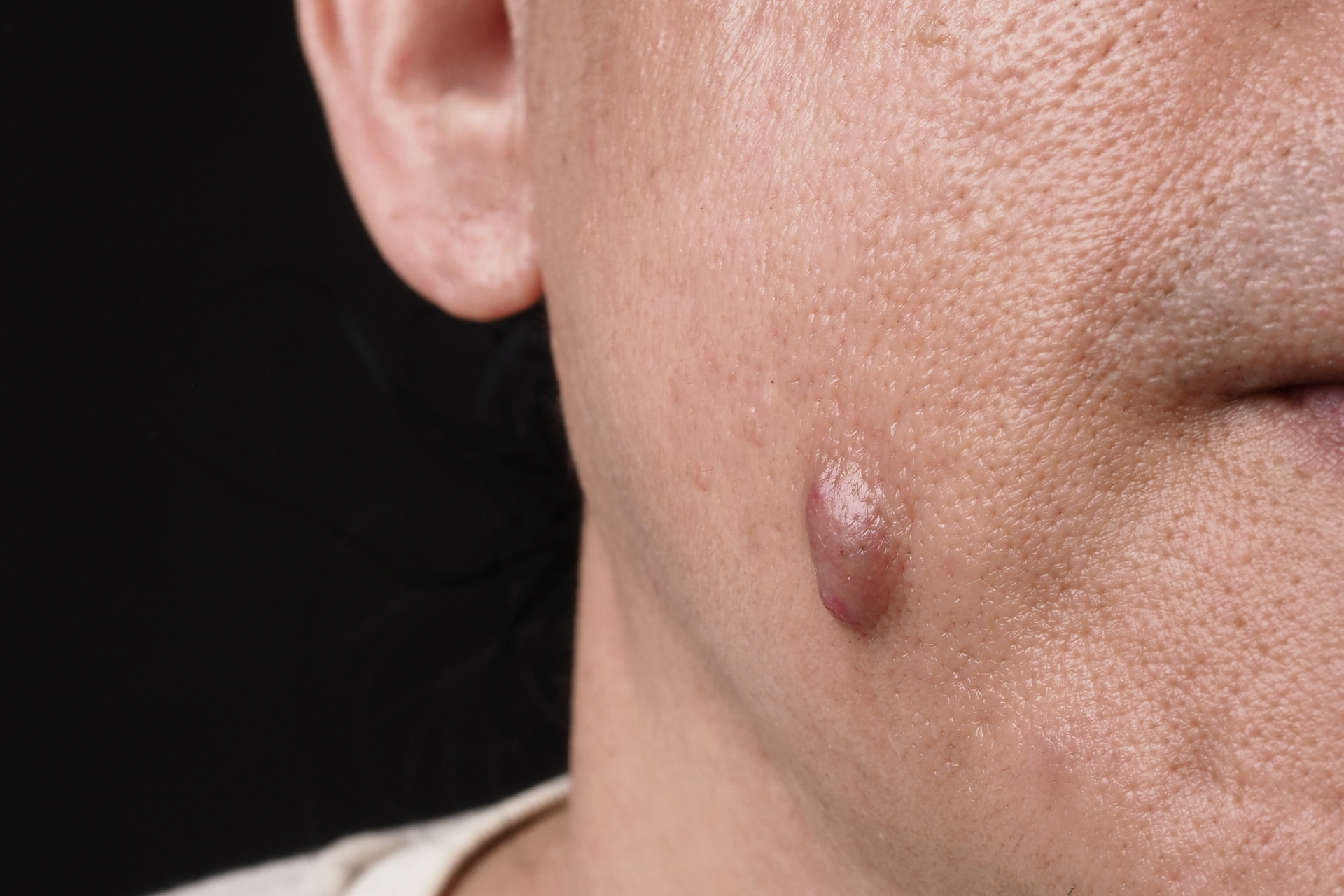Cyst vs. Pimple: What’s the Difference and How to Treat Them

At Fall Creek Skin and Health Clinic, we understand that skin-related concerns can be confusing. Two common issues that often perplex our patients are cysts and pimples. Although they may appear similar, cysts and pimples have distinct characteristics and treatment methods. In this blog post, we’ll delve into the differences between them and discuss the best ways to treat each condition.
Understanding the Basics
Cysts are closed pockets of tissue that can be filled with air, fluid, or other substances. They can develop anywhere on the body and are usually slow-growing. The most common type seen on the skin is an epidermoid cyst, which forms beneath the skin’s surface and is often painless. Cysts are often benign, although they can become inflamed or infected, causing discomfort.
On the other hand, pimples are small, inflamed spots that typically arise due to acne. They occur when hair follicles become clogged with oil, dead skin cells, and bacteria, leading to inflammation. Pimples can be red, swollen, and painful, and they are often filled with pus. They tend to appear where there’s a higher concentration of sebaceous (oil) glands, such as on the face, back, and shoulders.
Key Differences
One of the primary differences between cysts and pimples lies in their structure and cause. Cysts are deeper and form underneath the skin, whereas pimples develop on the skin’s surface. Moreover, cysts can grow larger over time, while pimples generally resolve within a few days to a week.
Another difference is their appearance and symptoms. Cysts usually appear as round lumps under the skin that may feel firm, while pimples may be red, inflamed, and sometimes painful with visible pus. The methods of treatment also vary, as we will explore below.
Treatment Options
Treatment for Pimples
1. Topical Treatments
Over-the-counter topical treatments containing benzoyl peroxide, salicylic acid, or retinoids can help reduce acne and prevent future breakouts.
2. Antibiotics
If pimples become severe or appear as cystic acne, a healthcare provider may prescribe topical or oral antibiotics to reduce inflammation and bacteria.
3. Lifestyle Changes
Maintaining a consistent skincare routine, avoiding excessive touching of the face, and making dietary adjustments can also help in managing breakouts.
Treatment for Cysts
1. Observation
If the cyst is not causing discomfort, it might be monitored without immediate intervention. Many cysts don’t require treatment unless they become painful or infected.
2. Injection or Drainage
For symptomatic cysts, healthcare providers can inject corticosteroids to reduce inflammation or drain the cyst using a sterile procedure.
3. Surgical Removal
In cases where a cyst is recurrent or bothersome, surgical removal may be performed to prevent future occurrences.
When to Seek Help
At Fall Creek Skin and Health Clinic, we recommend seeking assistance if you notice any unusual growths or if your acne worsens despite home treatments. Our trained professionals can provide a proper diagnosis and tailored treatment plans for both cysts and pimples.
Understanding the differences between cysts and pimples can empower you to take control of your skin health. By knowing when to treat and when to seek professional advice, you can achieve clearer skin and greater confidence. Reach out to us at Fall Creek Skin and Health Clinic for personalized care tailored to your skin and health needs!




